Carborane compounds as efficient light-driven in oxidation catalysis
dc.contributor
Universitat de Girona. Departament de Química
dc.contributor
Institut de Ciència de Materials de Barcelona
dc.contributor.author
Guerrero Troyano, Isabel
dc.date.accessioned
2022-07-07T11:29:04Z
dc.date.available
2023-03-13T23:46:03Z
dc.date.issued
2022-03-13
dc.identifier.uri
http://hdl.handle.net/10803/674733
dc.description
Cotutela Universitat de Girona i Institut de Ciència de Materials de Barcelona, UAB
dc.description.abstract
This thesis studies the behavior of different metallacarboranes such as Na[Co(C2B9H11)2] Na[1] and their chlorinated derivatives, Na[3,3’-Co(8-Cl-1,2-C2B9H10)2] Na[Cl2-1] i Na[3,3’-Co(8,9,12-Cl3-1,2-C2B9H8)2] Na[Cl6-1], as photoredox catalysts in the oxidation of different alcohols and alkenes in aqueous media, which take place through single-electron transfer (SET) processes. In the major part of the catalytic experiments, high yield and selectivity values (>99%) have been obtained, even reducing the catalyst load. These results have been possible thanks to the high solubility of the catalysts in water, their high oxidizing power of the CoIV/III redox couple, their lack of fluorescence on excitation, and the surfactant behavior of the catalyst. Additionally, the metallacarboranes were easily recovered by precipitation on addition of [NMe4]Cl. Based on the results obtained, a mechanism for the photoredox catalytic procedure was proposed
dc.description.abstract
En aquesta tesi s’estudia el comportament de diferents metal·lacarborans com Na[Co(C2B9H11)2] Na[1] i els seus derivats clorats, Na[3,3’-Co(8-Cl-1,2-C2B9H10)2] Na[Cl2-1] i Na[3,3’-Co(8,9,12-Cl3-1,2-C2B9H8)2] Na[Cl6-1], com a catalitzadors fotoredox en l’oxidació de diferents alcohols i alquens en medi aquós, que tenen lloc a través de processos single-electron transfer (SET). A la major part dels experiments catalítics, es van obtenir alts valors de rendiment i selectivitat (>99%), inclús reduint la càrrega del catalitzador. Aquests resultats han estat possibles gràcies a l’alta solubilitat dels catalitzadors en aigua, al seu alt poder oxidant del parell redox CoIV/III, a la seva manca de fluorescence en l’excitació, i al comportament surfactant del catalitzador. Addicionalment, els metal·lacarborans van poder ser recuperats fàcilment mitjançant precipitació en afegir [NMe4]Cl. Basat en els resultats obtinguts, es va proposar un mecanisme per al procés catalític fotoredox.
dc.format.extent
238 p.
dc.format.mimetype
application/pdf
dc.language.iso
eng
dc.publisher
Universitat de Girona
dc.rights.license
L'accés als continguts d'aquesta tesi queda condicionat a l'acceptació de les condicions d'ús establertes per la següent llicència Creative Commons: http://creativecommons.org/licenses/by-nc-sa/4.0/
dc.rights.uri
http://creativecommons.org/licenses/by-nc-sa/4.0/
*
dc.source
TDX (Tesis Doctorals en Xarxa)
dc.subject
Metal·lacarborans
dc.subject
Metalacarboranos
dc.subject
Metallacarboranes
dc.subject
Fotooxidació
dc.subject
Fotooxidación
dc.subject
Photooxidation
dc.subject
Fotoquímica
dc.subject
Photochemistry
dc.subject
Catàlisi homogènia
dc.subject
Catálisis homogénea
dc.subject
Homogeneous catalysis
dc.subject
Catàlisi heterogènia
dc.subject
Catálisis heterogénea
dc.subject
Heterogeneous catalysis
dc.subject
Catàlisi fotoredox cooperativa
dc.subject
Catálisis fotoredox cooperativa
dc.subject
Cooperative photoredox catalysis
dc.subject
Nanopartícules
dc.subject
Nanopartículas
dc.subject
Nanoparticles
dc.title
Carborane compounds as efficient light-driven in oxidation catalysis
dc.type
info:eu-repo/semantics/doctoralThesis
dc.type
info:eu-repo/semantics/publishedVersion
dc.subject.udc
546
dc.contributor.director
Romero García, Isabel
dc.contributor.director
Teixidor i Bombardó, Francesc
dc.rights.accessLevel
info:eu-repo/semantics/openAccess
dc.description.degree
Programa de Doctorat en Química
Aquest element apareix en la col·lecció o col·leccions següent(s)
Departament de Química [146]
